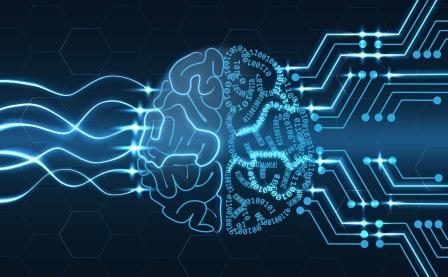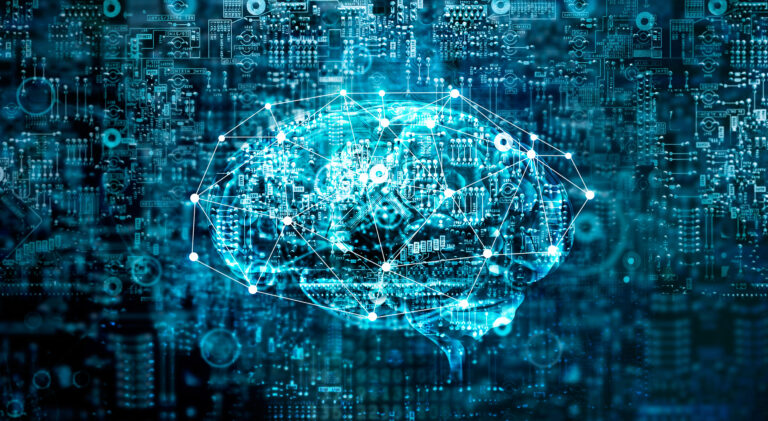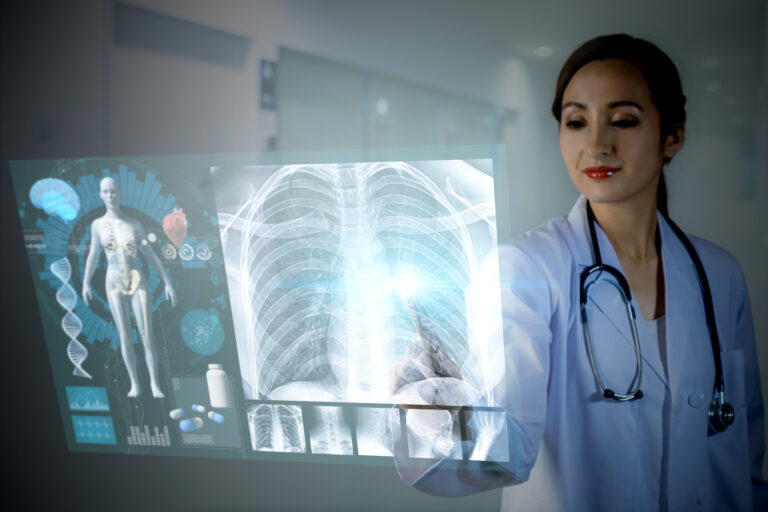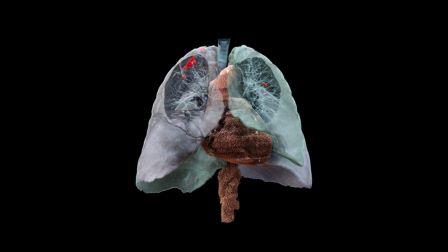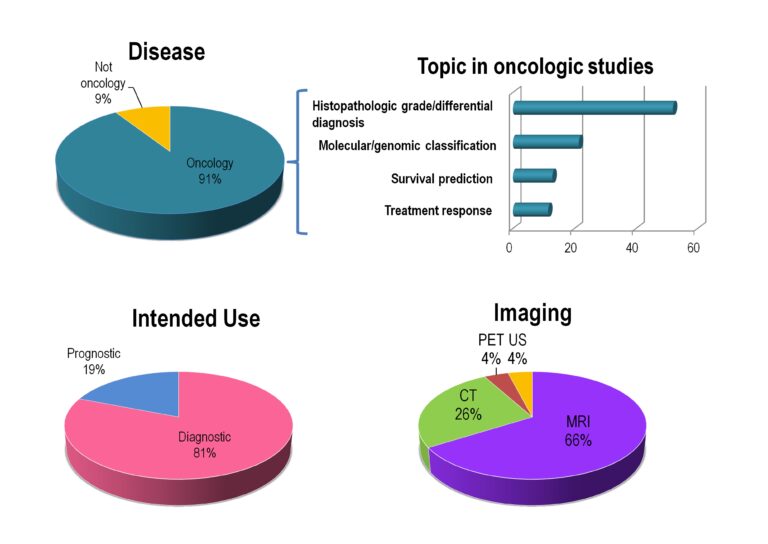
Why radiomics research does not translate to clinical practice: evaluation of literature using RQS and TRIPOD
Over the last few years, the number of studies published using quantitative imaging biomarkers to classify or predict pathologies has steadily increased. As of today, a quick PubMed search for radiomics, imaging biomarkers or radiogenomics reveals well over 4,000 articles. However, somewhat surprisingly, given this amount of published research, outside of academic literature there is no widespread clinical application of













